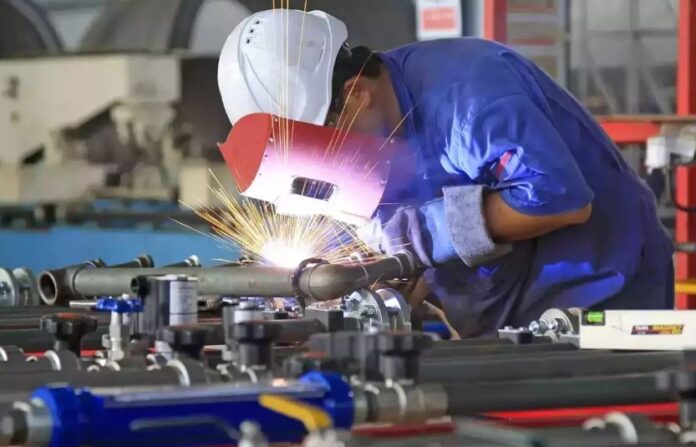Asia’s manufacturing giants reported a nuanced picture of recovery in November, with China leading the charge amidst ongoing economic stimulus and an export surge, even as other regional economies faced challenges.
China’s Robust Manufacturing Growth:
- China’s factory activity saw its most significant expansion in five months, as reflected by the Caixin Purchasing Managers’ Index (PMI), which highlighted a boom in new orders and production. This growth was supported by government stimulus and a strategic push to export goods before potential tariffs come into effect.
- The official PMI also indicated growth, albeit modest, suggesting that Beijing’s extensive stimulus measures are beginning to invigorate the economy, particularly the manufacturing sector.
Regional Dynamics:
- Positive developments in China have had a ripple effect, with South Korea and Taiwan also witnessing an uptick in factory activity, buoyed by China’s export-driven recovery.
- However, outside of these powerhouses, the region presented mixed results:
- Japan: Experienced its most significant decline in manufacturing activity in eight months, despite corporate spending on plant and equipment showing an increase.
- India: While maintaining strong growth, saw a slight slowdown in factory activity, influenced by price pressures.
- Southeast Asia: Showed varying degrees of performance with declines in Indonesia and Malaysia, and slower expansion in Thailand and Vietnam.
Global Trade Risks:
- The looming threat of aggressive tariffs from U.S. President-elect Donald Trump, who has pledged to impose a 10% tariff on Chinese goods among other measures, casts a shadow over the global trade environment. This policy aims to counteract the flow of chemicals used in fentanyl production and to bolster U.S. industry.
- These potential trade barriers are causing exporters in China to accelerate shipments, adding complexity to the economic landscape.
Economic Stimulus and Outlook:
- Beijing’s aggressive stimulus packages launched in the latter half of the year aim to counteract economic slowdowns in spending and production. While the effects are visible, analysts suggest that further measures might be necessary for a sustainable recovery.
- Retail spending and the property market in China show signs of stabilization, hinting at some success from the stimulus efforts.
India’s Economic Growth Slows, Facing Multiple Headwinds
India’s economy, previously a global standout, has seen its growth rate dip to 5.4% for the July-September quarter, the weakest in nearly two years, despite expectations of a boost from good monsoons.
- Manufacturing and Consumer Demand: The manufacturing sector grew by just 2.2%, while consumer spending remained weak, impacting the profitability of major companies like Reliance Industries and Hindustan Unilever, with only half of Nifty 50 companies surpassing earnings forecasts.
- Election Impact: The national election led to a pause in infrastructure projects, a key growth driver, as states prioritized election promises over capital investments.
- Central Bank’s Dilemma: With inflation at 6.2%, above the RBI’s comfort zone, and now facing slower growth, the central bank is caught between managing inflation and supporting economic expansion. The Monetary Policy Committee is set to convene soon to address these issues.



